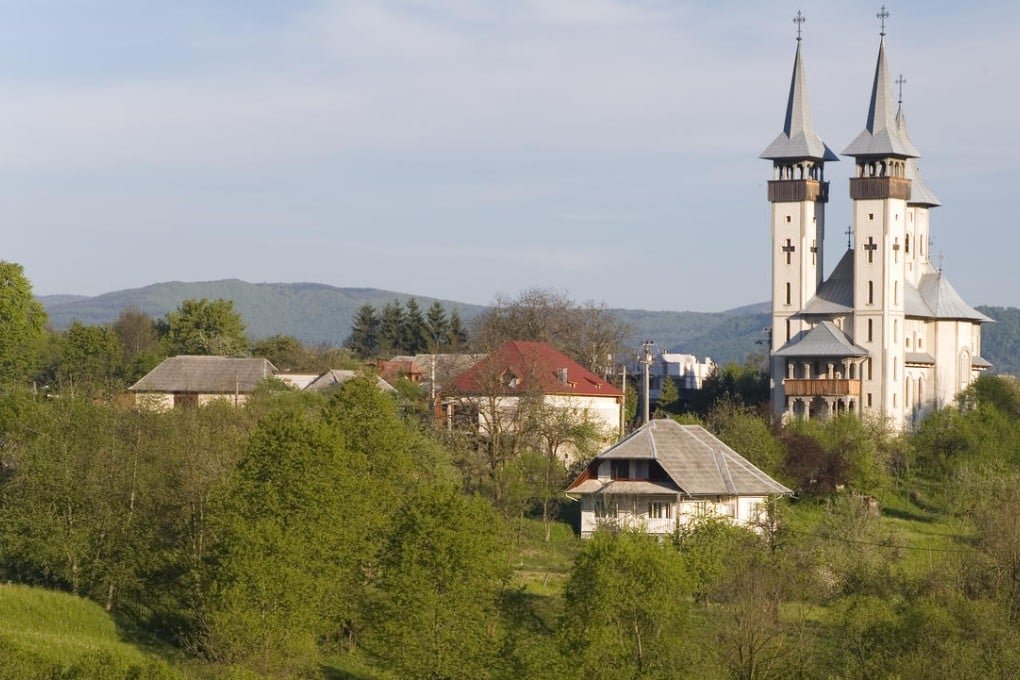Travel back in time with a trip to Romanian rural idyll
The countryside of Maramures, where farmers still use long scythes and home-made wooden pitchforks and there's no TV or internet, gives visitors a taste of how rural life was in much of Europe two centuries ago, writes Kit Gillet

Walking along the dirt roads in the village of Breb, in the far north of Romania, past wooden houses with beautifully carved gates, hand-pump wells and yards alive with livestock, it is hard to work out exactly you are.
Passengers taking the minivan that plies the route to and from Baia Mare, the regional capital, and passes the village every few hours, are dropped off on and picked up from a hillside overlooking Breb, a village of around 1,000 people. The panoramic views from this remotest of bus stops are breathtaking.

The surrounding pastoral landscape has long enamoured adventurous travellers, with its agrarian culture and 100 wooden churches (eight of which feature on Unesco's World Heritage list) particular draws for photographers and those wanting to hike through countryside that has changed little in centuries.
Maramures borders Ukraine and is cut off by thin mountainous passes from the rest of Romania. Here, farmers still cut their hay with long scythes and then use home-made wooden pitchforks to stack it in high piles around a central pole. In the evenings, families gather with their neighbours to eat alfresco communal meals, and drink plenty of : home-made pear, apple or plum brandy.
